What It’s like Being Institutionalized As a Child Away from Your Parents
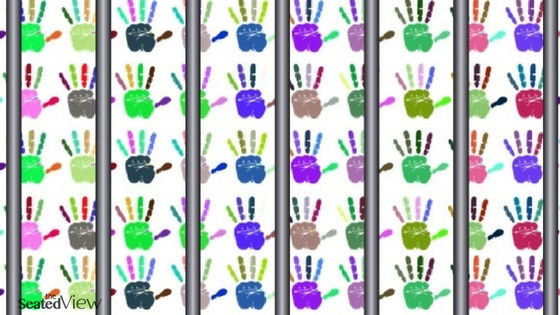
When I was 11 years old, I was sent to a rehab hospital on the coast, far away from home. At the time, there were no treatments for juvenile arthritis. Instead, they treated you with physiotherapy, aqua therapy, and occupational therapy. This was the only option in Denmark at the time. My parents had no other choice but to send me there.
When you were admitted, no one knew when you would go home again, except that it would be months.
I cried constantly for the first three weeks. I wandered the halls of the ward, tears streaming down my face, wearing my own anorak over the blue track pants and red sweatshirt issued by the hospital to all the children. A book was always in the front pocket and I especially remember an old favourite about a horse that was taken away from his home and the long journey through some terrible experiences before he found his way back.
Yeah. That resonated.
None of the staff comforted me. The unit was run by hard woman, completely old-school, who believed that the kids should be toughened up. All the older children were assigned to older nurses, who believed the same. The little kids were cared for by younger staff with warmth and tenderness. Once in a while, I caught them staring at some of the other nurses, clearly aghast at the lack of compassion, but unable to do anything for us.
The fourth week, I stopped crying. And haven’t quite been able to figure out how since.
This was where I learned that you get better care when you are cheerful and funny and independent. This is where I learned that crying doesn’t change anything. This is where I learned to do hard things by making myself hard, by swallowing the pain and the sadness and the fear.
It’s also where I began to learn how to work the healthcare system, how to figure out ways of clawing back a bit of control in a situation where I had none. And it’s where I learned to take care of others who were scared and in pain.
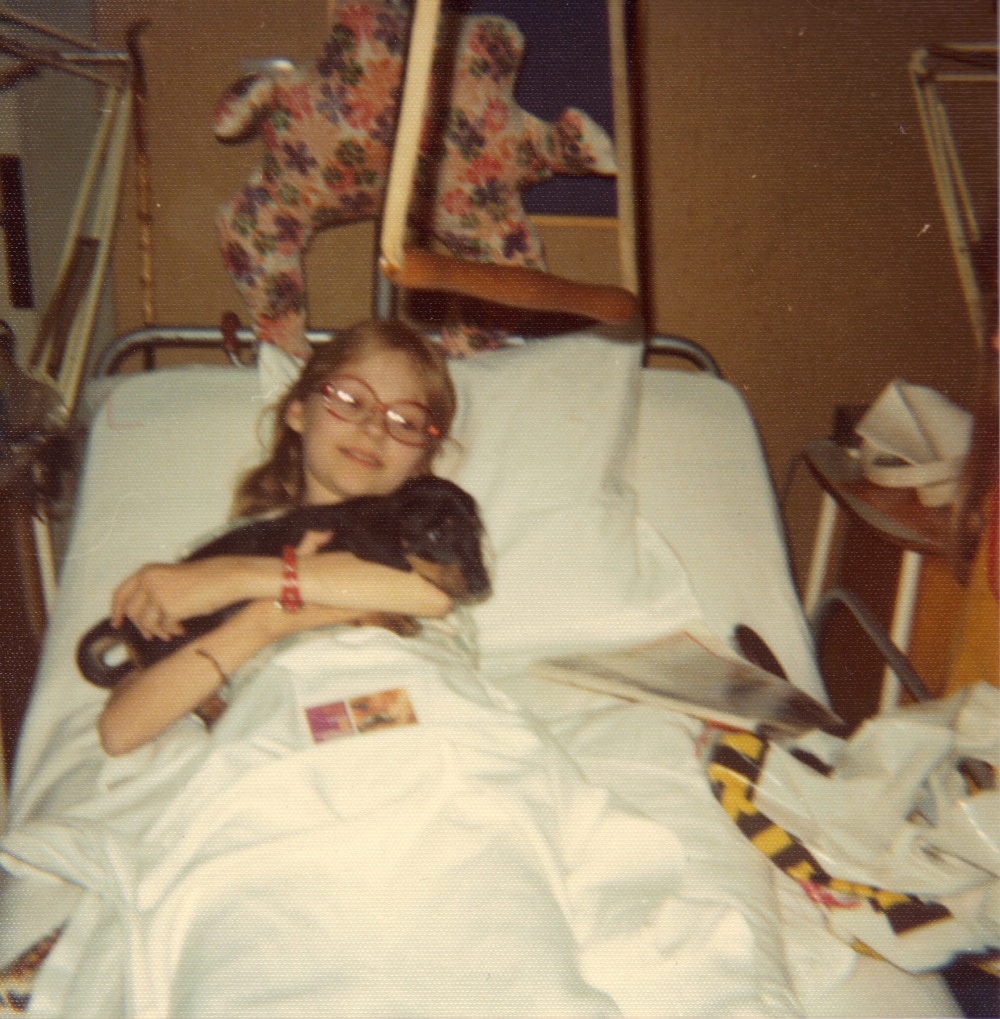
Me in the rehab hospital, approx.1976.
One day, I was pacing the halls — because that never changed — and I walked by one of the rooms with the little kids. One of them was crying, and through the door that had been left ajar into the dark room, I could see a little girl standing up in her bed, clutching the tall bars keeping her there, just bawling. Her face was a mask of misery, tears and snot running all over, her mouth open, wailing.
The evening nurse did not come to comfort her, to hold her, to sing her to sleep. Here, in this strange place without her parents, no one came.
Except me. I stood next to her bed, trying to comfort her, but nothing worked. She just cried, inconsolable. I couldn’t get past the bars, didn’t know what to do, couldn’t help. And so I left, her cries following me down the hall.
I never quite forgave myself for leaving her.
I still wonder what happened to her. Like everyone else in that place, she probably eventually learned not to cry.
I was discharged after three months, only to return the year after, then again for months on end. I was 14 or so when I was transferred to another hospital to wait for my hip replacements. A better place, run with compassion and understanding for what it’s like to be a child away from home.
But that place, the rehab hospital, lingered. For years, I would get physically sick when I came within 10 km of the town on the coast. I believe it was my first experience with PTSD. We’d go there often, because it was a very pretty place. Somehow I also knew that it was important to keep going, to not avoid it, to associate it with something other than those awful years. But it never quite worked. The last time we were in Denmark, 20 years after I had left to that hospital, we went there and I still got sick when we hit the 10 km mark.
That wasn’t all of the aftereffects. There is also anxiety, separation anxiety, a continued inability to cry, a continued inability to be anything but easy and cheerful when in a caregiving situation. And so on.
And a life’s mission to help others never feel as alone and terrified as I did.
I was lucky. I knew where my parents were. My mother called me every night and sent me a letter every day. My father often travelled and would send me postcards, colourful pictures arriving in the mail and secured in my bedside table. I’d get a visit every Wednesday. Friday afternoons, they would come to take me home for the weekend.
And still, the effects of that place were such that I am still marked by them, still haunted. Still instinctively held myself within a shell for decades. Even now, it is very difficult to bear my feelings. And I still don’t — can’t — cry.
The urge to travel to those holding areas at the US-Mexico border is overwhelming. To somehow get in and personally make sure that those children separated from their parents are held and comforted and brought back to the arms of their mothers and fathers. Because I know a little of what they’re going through and there are no if’s or but’s about it. It’s trauma.
2 Comments
Read More
Discover what else I've been writing about...


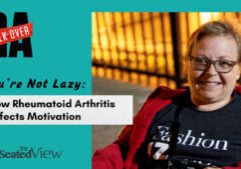






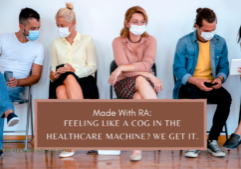



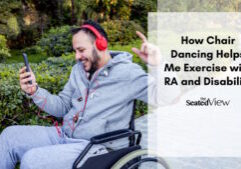


Interesting, you are the second person in 72 hours who told me they felt the urge to go there. Both with PTSD of different generations. I do not am glad Mr. Trump announced the end of the special child detention areas today. Of course it is not over. Reunification will be a challenge, and what Mr. Trump taketh, he giveth and is jsut as likely to takeith again. What an ass.
Thank you for sharing your story and for being there for those who needed you – just as you are today. My heart is breaking for these children, their parents, and our country.